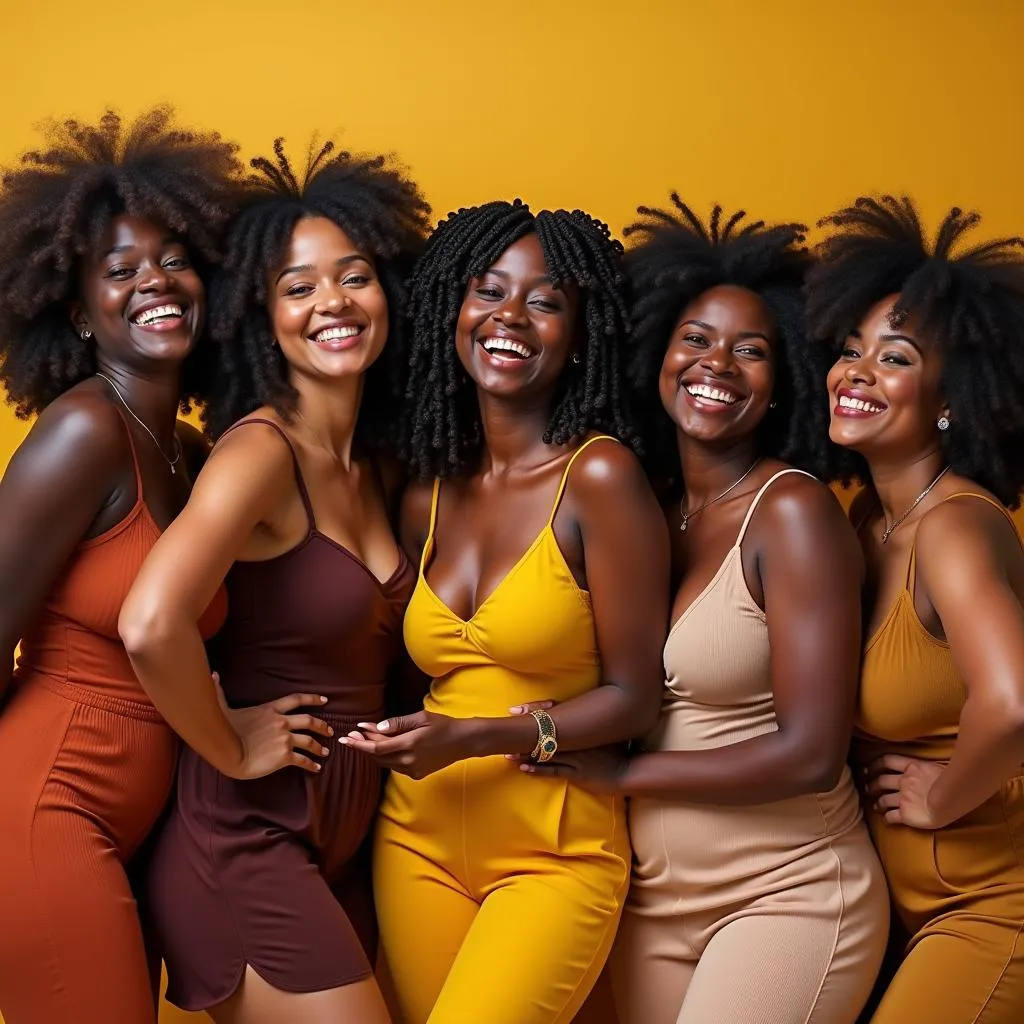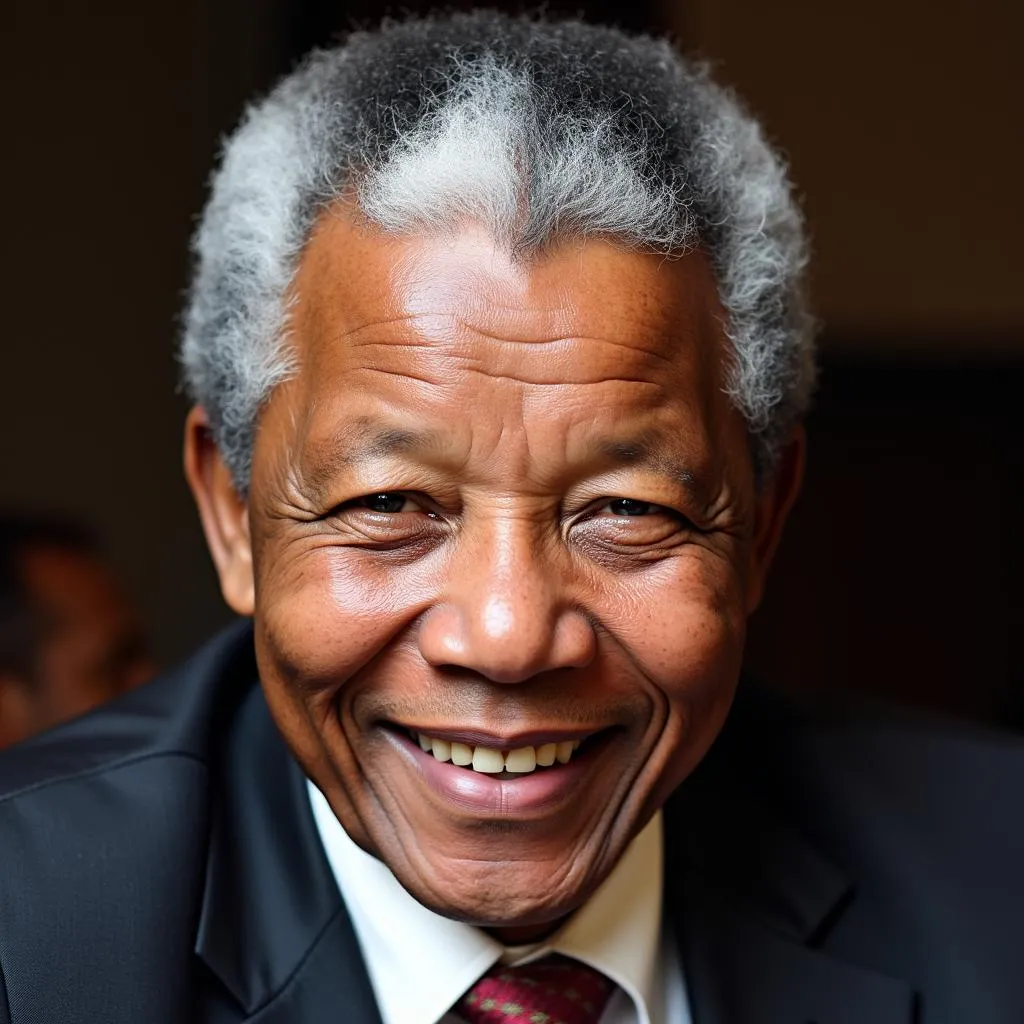African Dreadlocks Hairstyles: A Cultural Journey Through Time
Dreadlocks, a hairstyle that has transcended time and geographical boundaries, holds a special place in African culture. Far more than just a fashion statement, dreadlocks are deeply rooted in tradition, symbolism, and history. This article delves into the rich world of African Dreadlocks Hairstyles, exploring their origins, cultural significance, and the diverse styles that adorn the heads of people across the continent.
The Ancient Roots of Dreadlocks
The origins of dreadlocks can be traced back to ancient civilizations in Africa, with evidence suggesting their presence as far back as 3000 BC. In many cultures, dreadlocks were not simply a hairstyle but a powerful symbol of spirituality, social status, and tribal affiliation. The Rastafarian community, originating in Jamaica, embraced dreadlocks as a symbol of their faith and connection to their African heritage.
Symbolism and Significance Across Cultures
Dreadlocks hold profound meaning in various African cultures, often symbolizing strength, wisdom, and connection to the divine.
- The Maasai: For the Maasai people of East Africa, dreadlocks signify a warrior’s strength and courage. They are worn by both men and women, and their intricate styles can vary depending on age, status, and tribal affiliations.
- The Fulani: Among the Fulani people of West Africa, dreadlocks are associated with beauty, elegance, and spiritual power. The Fulani women are renowned for their elaborate and intricate braids and dreadlocks, which are often adorned with beads and other ornaments.
The Evolution of African Dreadlocks Hairstyles
Over centuries, African dreadlocks hairstyles have evolved, reflecting changing cultural influences and artistic expressions. From the simple, traditional styles of ancient times to the elaborate and modern creations of today, African dreadlocks continue to be a testament to the continent’s vibrant cultural heritage.
Modern Interpretations of Tradition
In contemporary Africa, dreadlocks are embraced by both men and women as a way to express individuality, cultural pride, and personal style. From the sleek and minimalist styles favored by urban youth to the intricate and elaborate creations of traditional hairstylists, dreadlocks continue to be a dynamic and ever-evolving art form.
Maintaining and Styling Dreadlocks
Dreadlocks require dedicated care and maintenance to keep them healthy and looking their best.
Here are some key tips:
- Regular Washing: Dreadlocks should be washed regularly with a gentle, sulfate-free shampoo to remove dirt, sweat, and product buildup.
- Proper Moisturizing: Dreadlocks, like all hair, need to be moisturized to prevent dryness and breakage. Use a leave-in conditioner or hair oil specifically designed for dreadlocks.
- Tighter Dreadlocks: To prevent loosening or unraveling, dreadlocks need to be kept tight. This can be achieved through various techniques, such as palm rolling or crocheting.
- Professional Styling: For intricate and elaborate styles, it’s always best to consult with a professional dreadlock stylist who understands the techniques and can provide personalized recommendations.
African Dreadlocks: A Legacy of Beauty and Expression
African dreadlocks hairstyles are more than just a fashion statement; they are a testament to the continent’s rich cultural heritage and a vibrant expression of identity, spirituality, and creativity. From the ancient origins of this iconic hairstyle to the modern interpretations that adorn heads around the globe, dreadlocks continue to be a powerful symbol of African beauty and cultural pride.
FAQ
1. What are the different types of African dreadlocks hairstyles?
There are many different types of African dreadlocks hairstyles, ranging from traditional styles like the “Maasai” and “Fulani” to modern styles like “freeform” and “sisterlocks.”
2. How long does it take to grow dreadlocks?
The time it takes to grow dreadlocks varies depending on hair type, thickness, and the desired length. It can take anywhere from several months to a few years.
3. Are dreadlocks easy to maintain?
Dreadlocks require regular care and maintenance, but they are relatively easy to manage once they are established.
4. Can I dye my dreadlocks?
Yes, you can dye your dreadlocks, but it’s best to consult with a professional hairstylist who specializes in dreadlocks to ensure proper color application and hair health.
5. Are dreadlocks suitable for all hair types?
Dreadlocks can be worn by people with various hair types, but they are generally better suited for coarse or curly hair. If you have fine or straight hair, you may need to use extensions or alternative methods to achieve dreadlocks.
6. How do I choose the right dreadlock style for me?
Choosing the right dreadlock style depends on your personal preference, hair type, and lifestyle. Consider the size, thickness, and length of dreadlocks, as well as the overall style and look you want to achieve.
7. Are there any cultural considerations to keep in mind when wearing dreadlocks?
It’s important to respect the cultural significance of dreadlocks in various African communities. If you are not of African descent, consider researching the history and meaning of dreadlocks in African culture before adopting this hairstyle.
Looking for more information on African hairstyles?
Check out these related articles on our website:
Ready to explore the world of African dreadlocks?
Contact us today for a consultation and let’s create the perfect dreadlock style for you!
Call: +255768904061
Email: [email protected]
Address: Mbarali DC Mawindi, Kangaga, Tanzania
We are available 24/7 to assist you with all your hair care needs.


